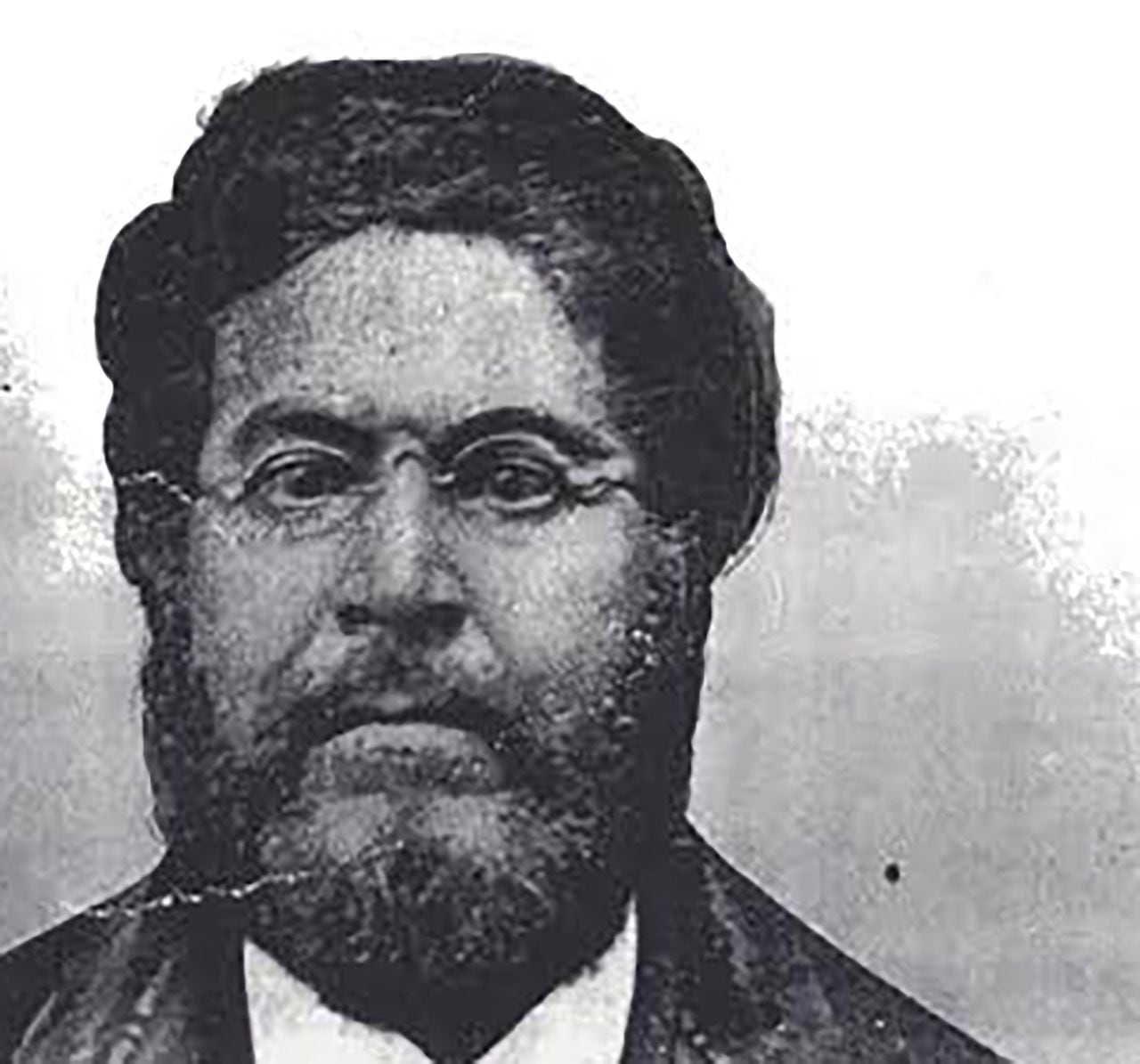“Initially, SPRING arrived from the Southern bowers, scattering fragrant flowers along her sunny path, awakening the still brook from its torpor, and releasing the captive lake from its icy restraints. She then graciously handed over the reins to SUMMER’s warmer embrace. The Earth, rejoicing in this gentle transition, glowed like a painting touched by an artist’s brush, growing lovelier with each passing day until AUTUMN took control. AUTUMN, in her quest to enhance the scenery, painted each leaflet’s vibrant green with rich brown hues, casting a melancholic yet beautiful smile over the land before yielding to the grasp of WINTER. WINTER, devoid of warmth or kindness, summoned blizzards in envious fury, knowing she could not match the splendor of Spring, Summer, or Autumn. Spitefully, she blew her freezing breath over all, attempting to smother the Earth under her snowy veil.”
George B. Vashon penned this poignant poem in 1846 in Pittsburgh, Pennsylvania, just before the onset of the Mexican War and five years prior to his settlement in Syracuse.
Vashon’s writings, featured in Horace Greeley’s New York Tribune, were prefaced with the words, “the following beautiful passage…written by George Vashon, a colored young man.”
Unfortunately, societal prejudices of the era led to the novelty of a talented Black writer like Vashon, reminiscent of the challenges faced by the enslaved Bostonian poet, Phyllis Wheatley. Greeley, an ardent abolitionist who later played a key role in founding the Republican Party, highlighted Vashon’s race partly to combat these prevailing biases.
Like his contemporary Frederick Douglass, Vashon dedicated his life to dispelling these racist misconceptions and stereotypes. He made history by becoming the first Black individual to pass the bar exam in New York State two years after his poem appeared in the Tribune.
Born in Carlisle, Pennsylvania, in 1824, George Vashon was raised in a household that valued self-reliance, community engagement, education, and abolitionist principles. His father, John Vashon, a barber, established a school in Pittsburgh in 1832 to educate the Black community, who were excluded from the city’s public schools.
 An advertisement for Vashon’s Syracuse Law Office in the Empire Block on Clinton Square. Provided by Onondaga Historical Association
An advertisement for Vashon’s Syracuse Law Office in the Empire Block on Clinton Square. Provided by Onondaga Historical Association
George excelled academically, enrolling at Oberlin College in 1840 and becoming the first Black male graduate in 1844. Upon returning to Pittsburgh, he studied law under Hon. Walter Forward and sought admission to the Pennsylvania bar in 1847, a request that was unjustly denied despite Forward’s support.
His exclusion garnered attention during a period of heightened debates on slavery and civil rights. The New York Tribune reported in 1847 that Vashon, a man of exceptional talent and impeccable character, was rejected due to the color of his skin, sparking outrage over the racial discrimination he faced.
Disheartened, Vashon contemplated relocating to Haiti, a country that intrigued him. However, he made history once more on January 10, 1848, as the first Black man admitted to the New York State bar. His achievement reverberated in abolitionist circles, including Frederick Douglass’s The North Star, where Vashon served as a correspondent.
After spending time in Haiti, Vashon returned to Pittsburgh in 1850 amidst a tumultuous political climate shaped by the Fugitive Slave Act and the aftermath of the Mexican War. Disillusioned with Pittsburgh’s atmosphere, he moved to Syracuse later that year, a pivotal moment in his legal career.
Syracuse, renowned for its active abolitionist community led by Rev. Jermain Loguen, provided Vashon with a platform to engage in anti-slavery efforts. He joined the city’s Vigilance Committee, opposed the Fugitive Slave Act, and played a significant role in the Liberty Party, running for attorney general under its banner.
In October 1851, Vashon participated in the dramatic rescue of “Jerry” from captivity, an act of civil disobedience that reverberated nationally. He remained an influential figure in Syracuse’s abolitionist circles, actively participating in conventions, debates, and community events.
Vashon’s legacy continued as he took a teaching position at New York Central College, becoming one of the first Black professors at a collegiate-level institution, further cementing his place in history.
